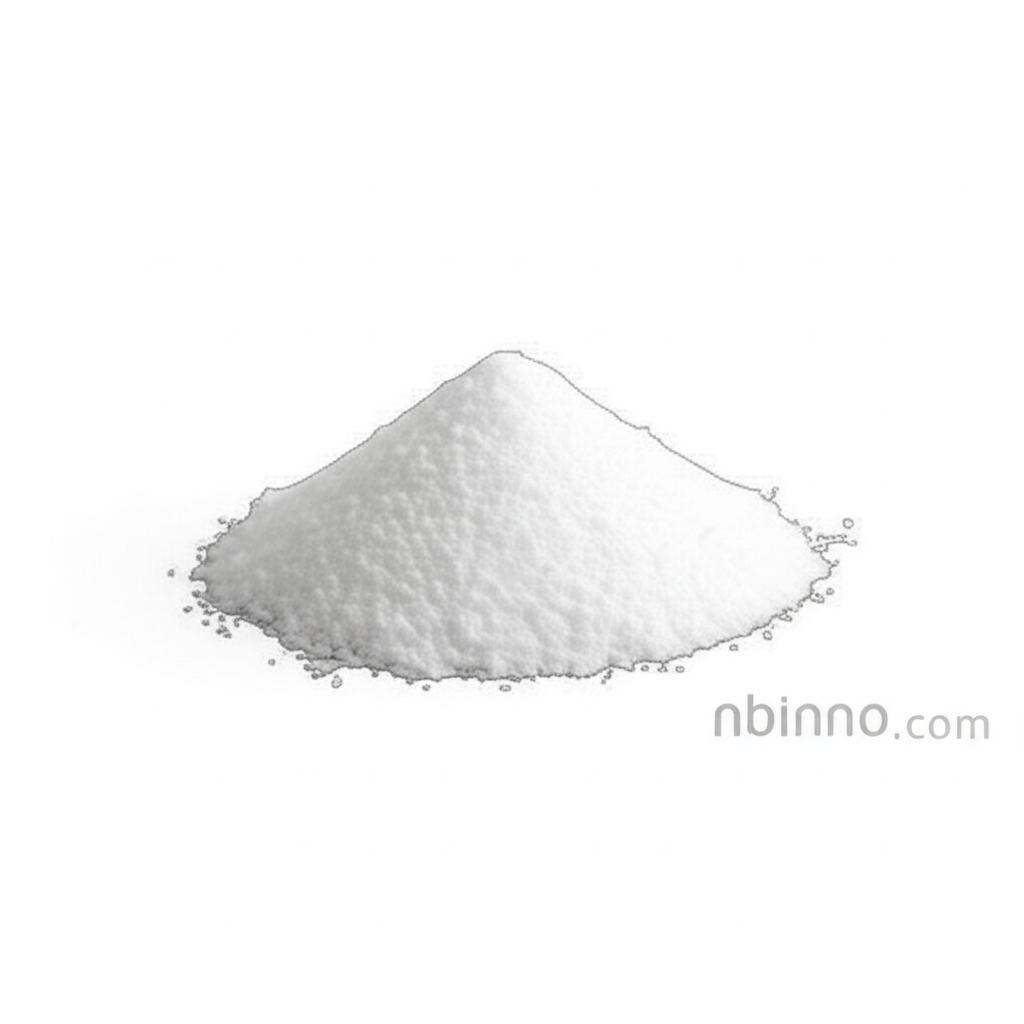Understanding 3-Phenoxybenzoic Acid: A Key Metabolite in Pyrethroid Exposure Assessment
Uncover the significance of 3-PBA as a crucial biomarker for assessing pyrethroid insecticide exposure in humans.
Get a Quote & SampleProduct Core Value

3-Phenoxybenzoic Acid
3-Phenoxybenzoic acid (3-PBA) is a critical metabolite identified in humans following exposure to pyrethroid insecticides. Its presence in urine serves as a direct indicator of pyrethroid exposure, which is often linked to household insecticide use. Understanding these 3-phenoxybenzoic acid levels is vital for public health assessments and managing potential adverse health effects.
- Unlock insights into pyrethroid exposure assessment through the analysis of urinary 3-phenoxybenzoic acid levels.
- Investigate the impact of household insecticide use on human health by monitoring key metabolites like 3-PBA.
- Identify individuals with elevated 3-phenoxybenzoic acid levels to facilitate targeted interventions and public health strategies.
- Gain a deeper understanding of the biomarker for pyrethroid exposure, crucial for both environmental and personal health monitoring.
Key Advantages in Analysis
Accurate Exposure Measurement
Utilizing 3-phenoxybenzoic acid as a biomarker provides a reliable method for quantifying pyrethroid insecticide exposure in individuals, supporting comprehensive epidemiological studies.
Public Health Insights
Monitoring urinary 3-phenoxybenzoic acid levels offers valuable insights into the prevalence of pyrethroid exposure in the general population, particularly in relation to household insecticide use.
Foundation for Further Research
The study of 3-PBA contributes to understanding the broader adverse health effects of pyrethroids, guiding further research into toxicological impacts and preventative measures.
Key Applications
Environmental Monitoring
Tracking the presence of 3-phenoxybenzoic acid in biological samples aids in assessing the environmental burden of pyrethroid insecticides and their impact on human health.
Clinical Diagnostics
Elevated 3-phenoxybenzoic acid levels can signal increased exposure, prompting clinical assessment and guidance for individuals potentially affected by pyrethroids.
Risk Assessment Studies
The data on 3-PBA is fundamental for risk assessment studies related to pyrethroid exposure, informing regulatory decisions and public safety guidelines.
Product Safety Evaluation
Understanding the metabolite helps in evaluating the safety profile of products containing pyrethroid insecticides, especially those used in homes.
